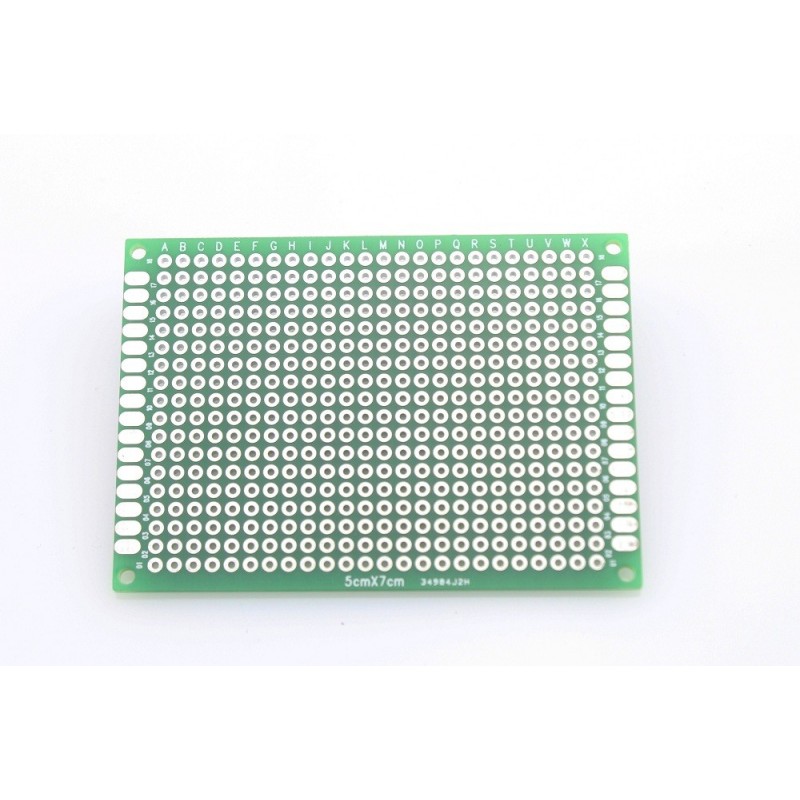I want to make a circuit and am uncertain if the following is feasible/common and if there are better solution.
From the pin headers (the light blue circles), e.g. GndIn (upper yellow circle), I want to use 24AWG stranded wire to three other places on my protoboard (and one other), see the lower yellow circle.
Should I:
- Solder it like in the picture (one pin header with three wires soldered directly to the pin header); I can imagine it's a bit hard to solder three wires at the same time', maybe I should connect them first and solder them as one wire
- Make a vertical solder line until three pins below the GndIn pin header and solder each wire to a separate protoboard hole? However, this takes more space.
- Use another solution?
And I have actually the same questions for IC pins (not clearly shown in my example picture).
The protoboard I use is this type:






